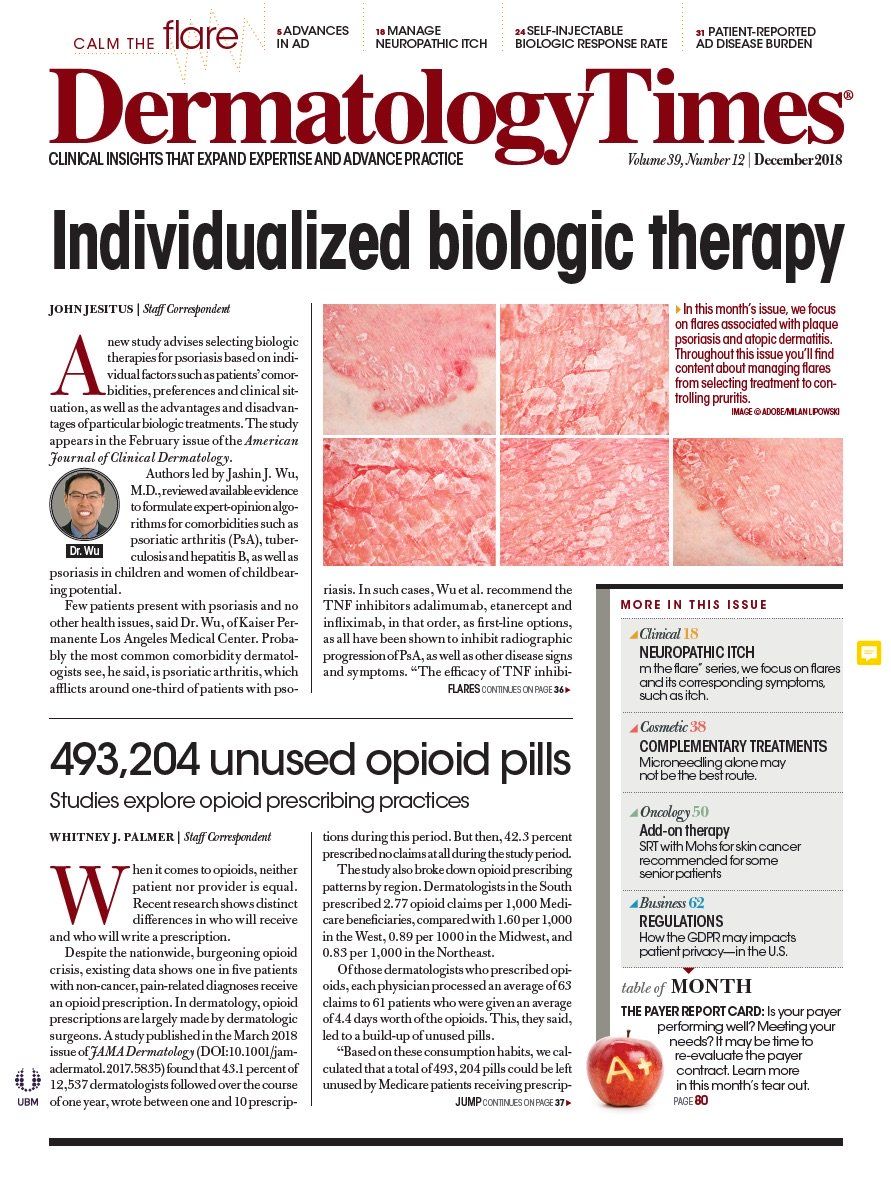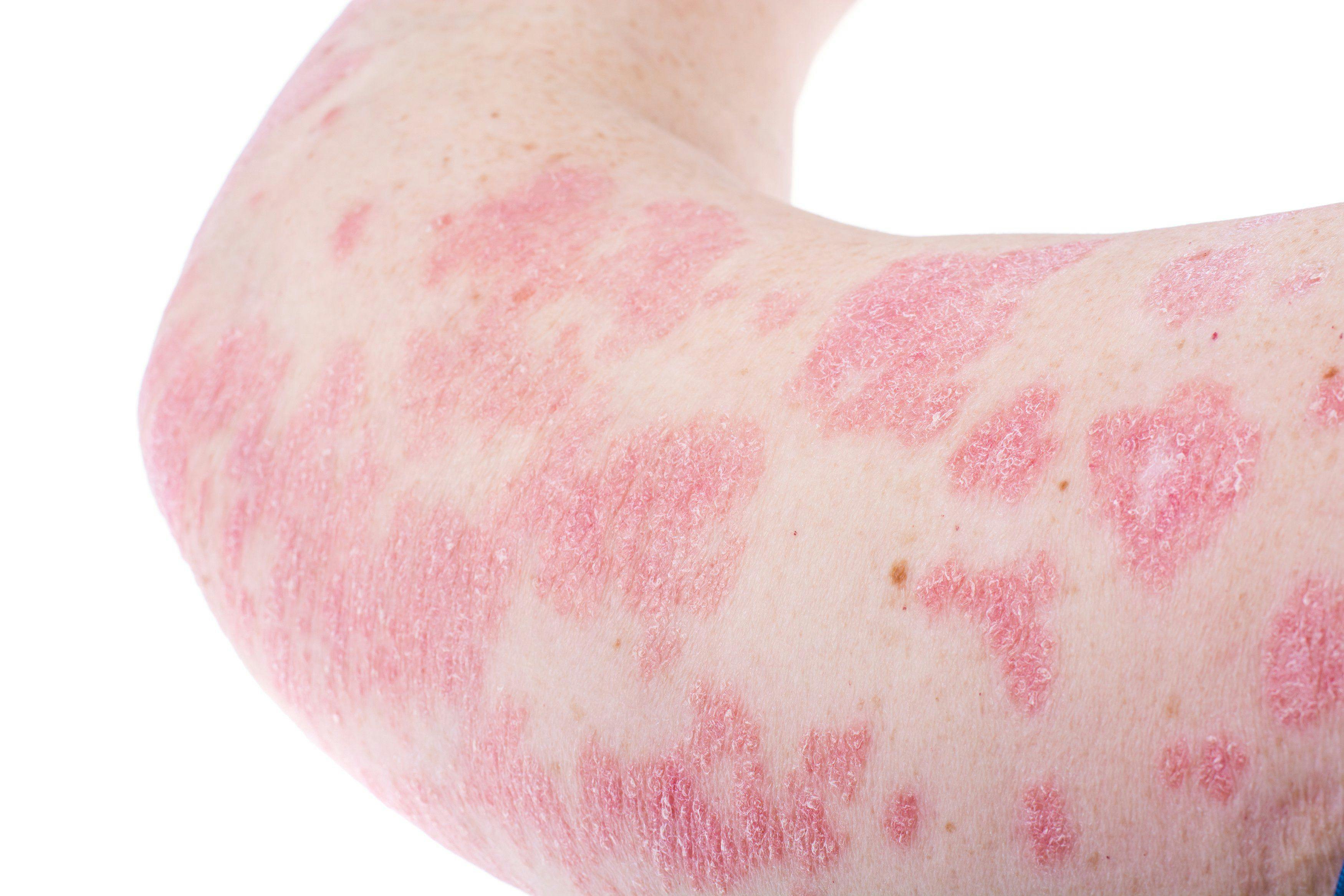- Acne
- Actinic Keratosis
- Aesthetics
- Alopecia
- Atopic Dermatitis
- Buy-and-Bill
- COVID-19
- Case-Based Roundtable
- Chronic Hand Eczema
- Chronic Spontaneous Urticaria
- Drug Watch
- Eczema
- General Dermatology
- Hidradenitis Suppurativa
- Melasma
- NP and PA
- Pediatric Dermatology
- Pigmentary Disorders
- Practice Management
- Precision Medicine and Biologics
- Prurigo Nodularis
- Psoriasis
- Psoriatic Arthritis
- Rare Disease
- Rosacea
- Skin Cancer
- Vitiligo
- Wound Care
Publication
Article
Dermatology Times
EADV report addresses novel treatments for cutaneous lymphoma
Author(s):
Potential new treatment with targeted monoclonal antibodies offers new hope for cutaneous lymphoma patients.
PARISâCutaneous lymphomas are rare, heterogeneous diseases, even though most patients present with Sézary syndrome. Survival is stage-related, meaning that patients with an advanced stage of disease have a poor prognosis.
At the European Academy of Dermatology and Venereology (EADV) Congress this week in Paris, Dr. Martine Bagot, professor and researcher in dermatology at Saint-Louis Hospital in Paris, emphasized that no cure exists for these patients except for allogeneic bone marrow transplantation, “nevertheless there is still a need to find new treatments.”
NEW HOPE
She shared examples of treatments which represent new hope for cutaneous lymphoma patients using targeted monoclonal antibodies, which we know either augments the patient’s immune system (as in melanoma), or destroys the tumor T-cells as specifically as possible. In the future, Dr. Bargot says, the ideal treatment would combine these.
ANTI-PD-1 (PEMBROLIZUMAB)
A small phase two, single-arm study in 24 patients with mycosis fungoides and Sézary syndrome stages IB-IV treated with an anti-programmed death-1 (PD-1) agent (pembrolizumab) showed an overall response rate of 38%. However, it was difficult to predict which patients would respond to treatment, and a worsening effect (skin flare reaction) occurred in 40% of patients. According to Dr. Bagot, other types of monoclonal antibodies still need to be developed.
BRENTUXIMAB VEDOTIN
Bagot then described an open label randomized phase three multicenter trial among 131 patients with CD30-positive cutaneous T-cell lymphomas (published in 2017). Patients were randomized to receive brentuximab vedotin (an anti-CD30 antibody–drug conjugate approved to be used after at least one previous systemic therapy) or physician's choice (methotrexate or bexarotene). Progression free survival was higher and quality of life was most improved for patients receiving brentuximab vedotin. A notable side effect was peripheral neuropathy, which is reversible but may take time. “So this treatment is not definitely curative, but maybe not to be used long-term because of toxicity,” she said.
MOGAMULIZUMAB
Results from a humanized anti-CC chemokine receptor 4 (CCR4) antibody, mogamulizumab (approved in the U.S. but not yet in Europe), have been recently published in an open-label phase three randomized controlled trial. Patients were randomized to receive mogamulizumab or vorinostat. Progression-free survival and global response were better, Dr. Bagot said, particularly in patients in an advanced stage. She also states that the commonly reported adverse events are well known.
Dr. Bagot highlights that other trials are underway, and that these are exciting drugs which may prove useful in the future treatment of cutaneous lymphomas.
REFERENCE:
Pr. Martine Bagot, M.D. “Cutaneous lymphomas” (abstract #D2T01.1H), EADV 2018 Meeting, Paris, France, September 14, 10-10:40a.m.

Newsletter
Like what you’re reading? Subscribe to Dermatology Times for weekly updates on therapies, innovations, and real-world practice tips.

























